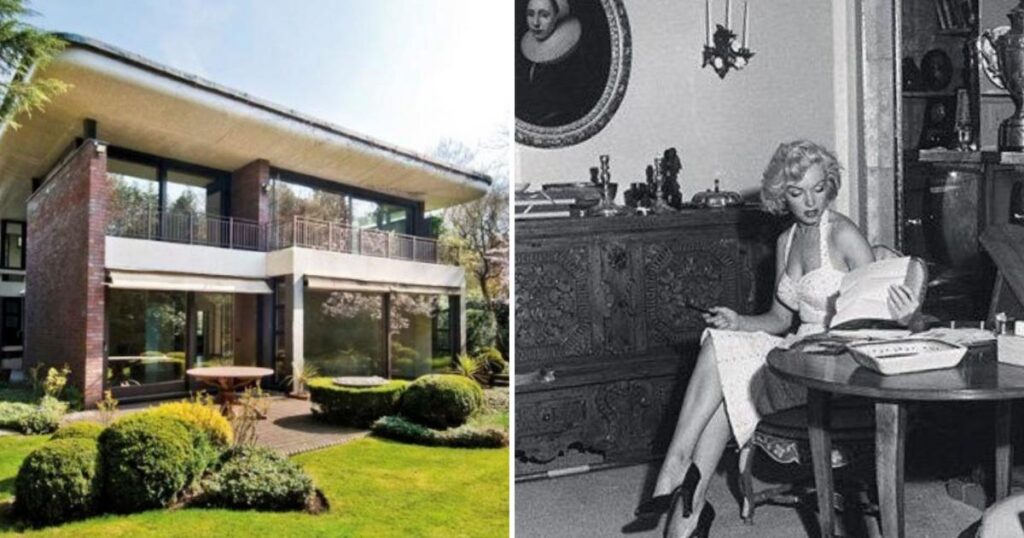Manny Davidson grew up in Willesden and for many years had a home and office in Hampstead.
By his death in December at the age of 93, Mr Davidson had amassed a multi-million pound fortune in property development – and a collection of artefacts including the candlesticks which were made for the royal wedding of Maria Josepha of Saxony and Louis, Dauphin of France in 1747.

Mr Davidson gave much of his wealth to educational, cultural and artistic organisations including museums, the King’s Trust, and the Spiro Institute and London Jewish Cultural Centre in Hampstead which he chaired.
Proceeds from the 500 lots at Sotheby’s Paris this autumn are set to raise €15 million for Manny and wife Brigitta’s charitable trust.

He had spent the day clearing debris from a nearby bombsite in Willesden Green, and on returning home, saw his neighbour’s house was in flames so rushed back out, before looking back to see his own home ablaze.
His father’s silver collection melted in the fire and had to be sold for scrap.

Former MP Shaun Woodward met Manny in 1992 and counted the couple as “lifelong friends for the past 33 years at the heart of my life.”
“The times Manny was most present in my life was when it was not in a good place – when I crossed the floor from Conservative to Labour he was there for me, when I came out as a gay man he was only supportive.
“That’s a great friend, always there to help when you needed him. It was never about what was in it for him but what he could do for you.”
Mr Woodward says Manny “never forgot where he came from.”
“That background in Willesden, the fire and bombing when he was a teenager. He was a very proud man of his faith and heritage who never forgot the community. They made their home in Hampstead for many years, everyone knew him he was recognised walking down the street.”
His art collection sprang from an endless spirit of curiosity “wanting to discover things and understand the story behind an object”.
“He was also incredibly generous – the definition of benevolence, especially to vulnerable, needy children. He was a wonderful person I miss him enormously.”
Also in the sale are paintings by Michael Sweerts and Thomas de Keyser and a Rubens study that was painted on the same, sawn apart plank of wood as its twin which hangs in the Louvre, Chippendale dining chairs, bronze sculptures by Bernini, clocks, including one by Tompion (the father of English clockmaking) a spoon once owned by a colonel in Crowell’s army, terracotta and marble sculpture, and museum-quality Gold Boxes.
Head of sale Henry House said he would often meet Manny and Brigitta in the salerooms searching for fascinating things with a unique story: “Both had this incredible interest and curiosity in things. Their collection is eclectic but extremely high standard with wonderful pieces and an incredible breadth in its diversity – it’s the continuation of the tradition of great collectors of the past, who would bring together different objects of beauty under one roof.
“Manny was an extraordinary gentleman, fascinated by people and objects with a passion for collecting he also recognised the importance of philanthropy and his collecting went hand in hand with great support of art institutions and education.”




